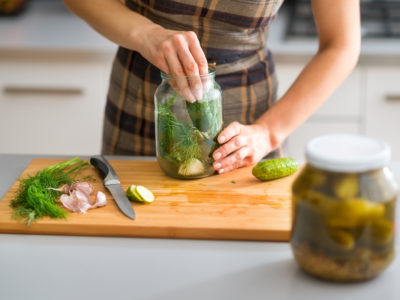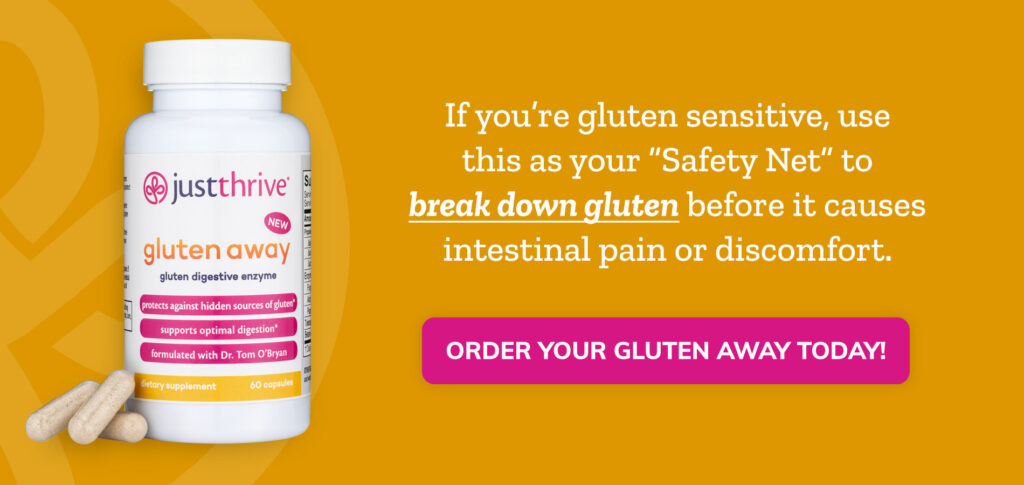Table of Contents[Hide][Show]
Learn how to cook quinoa like a pro! Plus, understand the health benefits of quinoa and why so many people prefer eating it over other forms of carbs.
What Is Quinoa?
Before you learn how to cook quinoa, let’s get some facts straight first about it. Is quinoa a grain, is quinoa gluten-free, and how do you pronounce it?
The actual definition of quinoa (pronounced “keen-wah”) can be confusing for a lot of people. It is a gluten-free whole grain, but it is technically not a grain.
Traditional whole grains, such as barley and even rice, come from grasses. Quinoa doesn’t, since it is from a seed of a plant which produces seeds annually.
The quinoa plant is a native in South America, and its popularity goes back to the time of the Incas – thousands of years ago.
In modern cultures, quinoa has achieved notoriety over the last four years as more people have started going on a gluten-free diet. It’s also a popular food for vegans as it’s so versatile as an ingredient and provides a great source of plant-based protein.
So, why do they call quinoa a grain (and even a whole grain at that?) It’s because we eat it the same way we do regular whole grains, and farmers today grow them as a grain crop.
There are over 100 types of quinoa. Quinoa seeds can come in pretty much any color, but the most common versions available are white, red, and black quinoa. There are also plenty of ways to incorporate it into your diet from using it as a rice substitute, to making it as a bed for chicken or grilled veggies, to putting it in soup. Any of these varieties of quinoa or ways to eat it will provide great health benefits.
What Are the Benefits of Quinoa?
To give you more reasons to learn how to cook quinoa, let’s delve into its benefits.
This isn’t going to be quinoa vs rice because each has its pros and cons. Instead, we’re going to focus on what makes quinoa a superfood and an excellent addition to your diet:
1. It Improves Glucose Response
Quinoa is a carb, but unlike its other counterparts, it can help in regulating blood sugar levels and conditions such as insulin resistance. This is especially important for those with type 1 or type 2 diabetes.
In a 2016 study, researchers substituted regular breakfast meals with buckwheat and quinoa. Twelve healthy people and another 12 non-insulin-dependent diabetics participated.
During the analysis, the researchers found out quinoa and buckwheat meals helped improve the diabetics’ response to glucose. The concentrations of blood sugar also declined gradually for both healthy and diabetic subjects.
A cup of cooked quinoa contains 39 grams of carbs, but it also has 5 grams of fiber. This fiber slows down the absorption of sugar in the body.
The high content of soluble fiber in quinoa can also help to lower cholesterol levels, which helps improve heart health. This excellent source of fiber also helps with digestive health as it prevents constipation.
2. It Is Gluten-Free

Gluten is a type of protein present in many kinds of grains such as wheat. Many people use it to give the dough a stretchy characteristic.
Some people, however, are sensitive to gluten, so they develop a gluten intolerance. They experience digestive symptoms after consuming it like abdominal pain, diarrhea, and vomiting.
About 1% of Americans have celiac disease, an autoimmune condition where the body attacks the lining of the gut once they consume anything with gluten.
Quinoa, therefore, makes a perfect alternative to wheat and other grains that can be especially harmful to people with celiac disease.
Are Gluten-Free Foods Really Gluten Free?
Enhance the effectiveness of a gluten-free diet with our gluten “Safety Net” that breaks down gluten before it causes intestinal pain or discomfort.

3. Quinoa Is Rich in Flavonoids
Flavonoids are phytonutrients, which are potent plant antioxidants with various health benefits. These are the compounds responsible for the colors of fruits and vegetables.
Although quinoa is neither a fruit or a vegetable, it is still rich in flavonoids, especially quercetin and kaempferol. These phytonutrients are known to be very beneficial due to their anti-inflammatory and anti-viral properties. Based on a review of different studies, they can:
- control the activities of the mast cells (allergy cells) and reduce allergy symptoms
- protect the gastrointestinal tract
- prevent the production of inflammatory enzymes
- modulate the immune system
4. It Has All Essential Amino Acids
Here’s another reason why you should know how to cook quinoa: it’s already a complete protein.
Protein is one of the macronutrients that serve many benefits, from muscle building to recovery and regeneration. Proteins are also the building blocks of the skin, bones, and blood. Quinoa is one of the best sources of protein as it contains a good 8 grams of protein per cup.
You also need protein to produce enzymes. These will then be responsible for the production, regulation, and storage of hormones and other body chemicals.
You cannot have protein without amino acids, and although there are many, nine of them are essential. Any nutrients called “essential” are needed by the body, but your body cannot produce them so you need to consume them as food.
Quinoa, fortunately, contains all nine of these essential amino acids:
- histidine
- threonine
- valine
- tryptophan
- lysine
- leucine
- isoleucine
- methionine
- phenylalanine
5. Quinoa Is a Source of Magnesium and Other Important Nutrients

Magnesium is a macromineral, which means you need a good amount of it so your body can function well. This makes sense, as it is vital in a number of functions such as fighting inflammation and improving peak performance.
In one of the 2008 studies, elderly people with diabetes may also benefit from taking magnesium. The mineral may help reduce the symptoms of depression.
You can derive magnesium from supplements (see our favorite here), but you can also get it from your diet. One of the best sources is quinoa, which has 28% of the daily value per 185 grams.
Quinoa is also a good source of other dietary vitamins and nutrients such as phosphorus, manganese, folate, riboflavin, potassium, and calcium.
6. It Reduces Metabolic Syndrome
Metabolic syndrome refers to different conditions such as obesity that can increase your risks of chronic diseases. These can include diabetes, hypertension, and cardiovascular disease.
One of the best ways to reduce these conditions is to eat a proper diet – and that can include quinoa.
In a 2017 research published in Current Developments in Nutrition, the consumption of 50 grams of quinoa a day lowered the levels of triglycerides among overweight and obese individuals.
High triglycerides, which are a form of fat in the blood, can boost the risk of heart disease. They may also cause issues with other major organs such as the pancreas and the liver.
How to Make Quinoa

With these benefits, you may be even more interested in trying a quinoa salad. Before you can make one, you need to learn how to cook quinoa—and it’s easy!
The basics of cooking quinoa are on the ratios:
- If you’re cooking using a stovetop or a rice cooker, the ratio is 2:1. It means two cups of liquid for one cup of uncooked quinoa.
- If you’re trying to make Instant Pot quinoa, it changes to 1.5:1. That’s 1.5 cups of liquid for one cup of quinoa.
The cooking time will be different for each method. It will be the fastest in the Instant Pot, slowest in the rice cooker.
The average cooking time for quinoa is about 15 minutes, but it can go as long as 30 minutes. You can read the label for specific instructions.
To cook the quinoa, here are the instructions:
- Rinse the quinoa to remove its bitter taste.
- In a medium-sized saucepan, combine the liquid and quinoa. To add flavors, you can sprinkle kosher salt or use broth instead of water.
- Bring the mixture into a boil and then reduce the heat to low.
- Cover the mixture and let it simmer for at least 15 minutes or until the germs start popping out from the kernels.
- Remove from heat with the cover still on and let it cool for about 10 minutes.
- Remove the lid, fluff the quinoa with a fork, and separate the grains.
- Enjoy the nutritious meal!
Final Thoughts
Learning how to cook quinoa is one of the effective ways to incorporate quinoa into your diet. Together with super blends such as Alkaline Greens, you can give your body the best care it deserves! Try it now and save 20% with code WELL20.
You May Also Like…
Editor’s Note: This post was originally published on July 24, 2019, and has been updated for quality and relevancy most recently on January 18, 2022.




